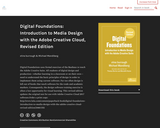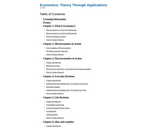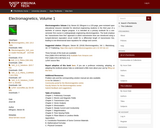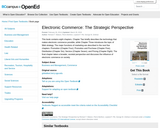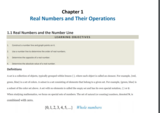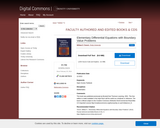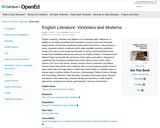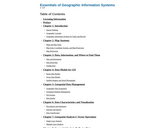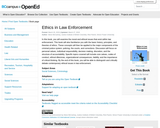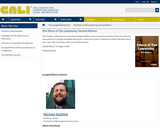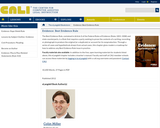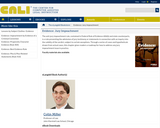
Developing New Products and Services by Sanders is an outstanding contribution to market research. The book focuses on the upfront activities and ideas for new product and service development.
A central theme of Developing New Products and Services is that there is, or should be, a constant struggle going on in every organization, business, and system between delivering feature-rich versions of products and services using extravagant engineering and delivering low-cost versions of products and services using frugal engineering. Students will come away with this notion and how to manifest it as a contributing employee at any company.
A number of powerful concepts and tools are presented so your students can better understand how to facilitate new product development. For example, three templates are featured that facilitate new product and service development. The FAD (features, attributes, and design) template is used to identify the features and attributes that can be used for product and service differentiation. The Ten–Ten planning process contains two templates: an Organizational and Industry Analysis template and the Business Plan Overview template. These two templates coupled with the FAD template can be used to develop a full-blown business plan.
In addition, Developing New Products and Services includes the following topics: entrepreneurship, technology and product life cycles, product and service versioning, product line optimization, creativity, lock-in real options, business valuation, and project management.
Table of Contents
Chapter 1: Concepts in the Context of Monopolistic Competition
Chapter 2: Fundamentals of Product and Price Differentiation
Chapter 3: Differentiation in Action
Chapter 4: Dynamic Tension in Versioning and PD Curves
Chapter 5: Examples of Product Differentiation & Versioning Curves
Chapter 6: Facilitating Creativity and Innovation
Chapter 7: Conceptualizing Products/Services Using FAD
Chapter 8: Strategic Planning and Ten–Ten Planning
Chapter 9: The Ten–Ten Planning Process: Crafting a Business Story
Chapter 10: Lock-In and Revenue Growth
Chapter 11: Valuing the Business
Chapter 12: Developing a Business Plan
Chapter 13: Project Management for New Products and Services
Chapter 14: Re-priming the Business Using Real Options Concepts
Chapter 15: Wrap-Up
- Subject:
- Business and Communication
- Marketing
- Material Type:
- Textbook
- Provider:
- The Saylor Foundation
- Provider Set:
- Saylor Textbooks
- Author:
- G. Lawrence Sanders
- Date Added:
- 04/24/2019
